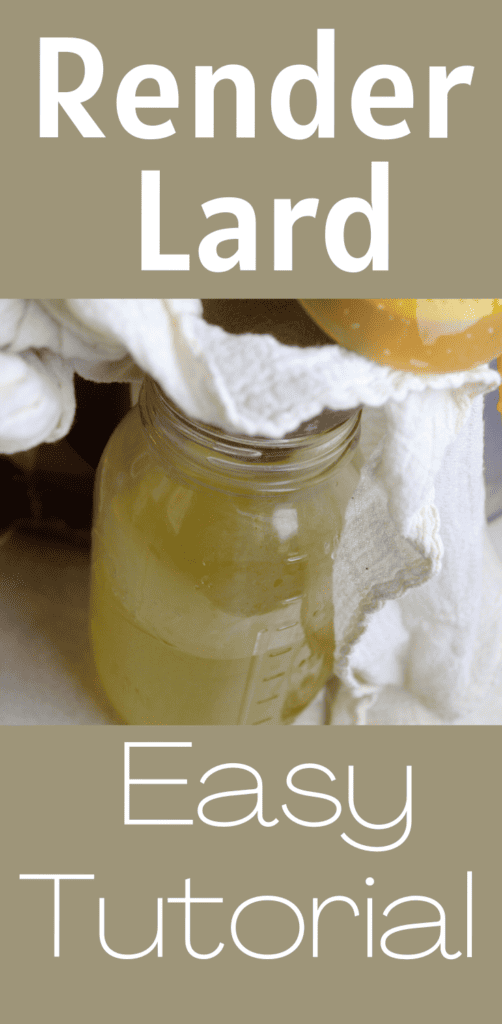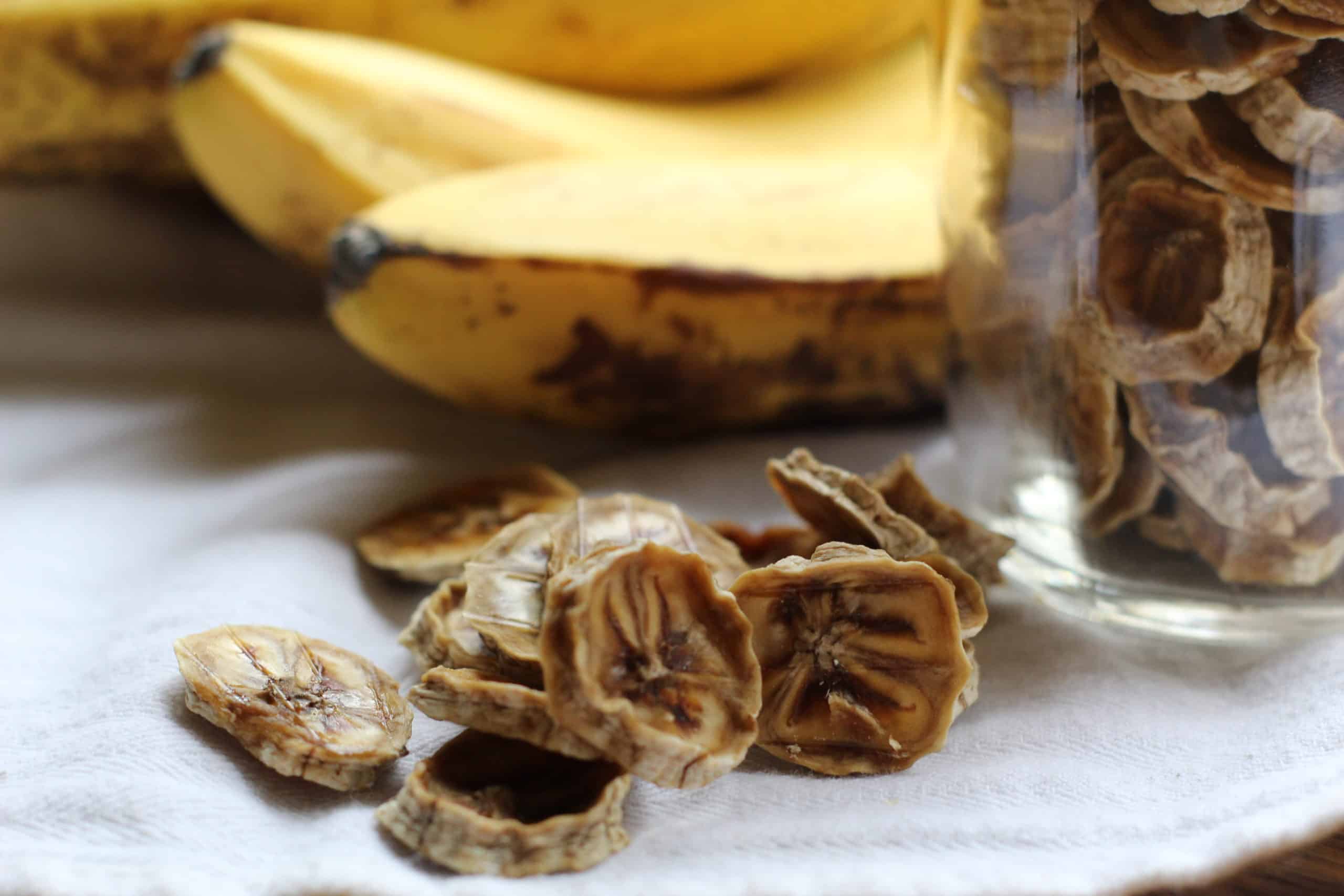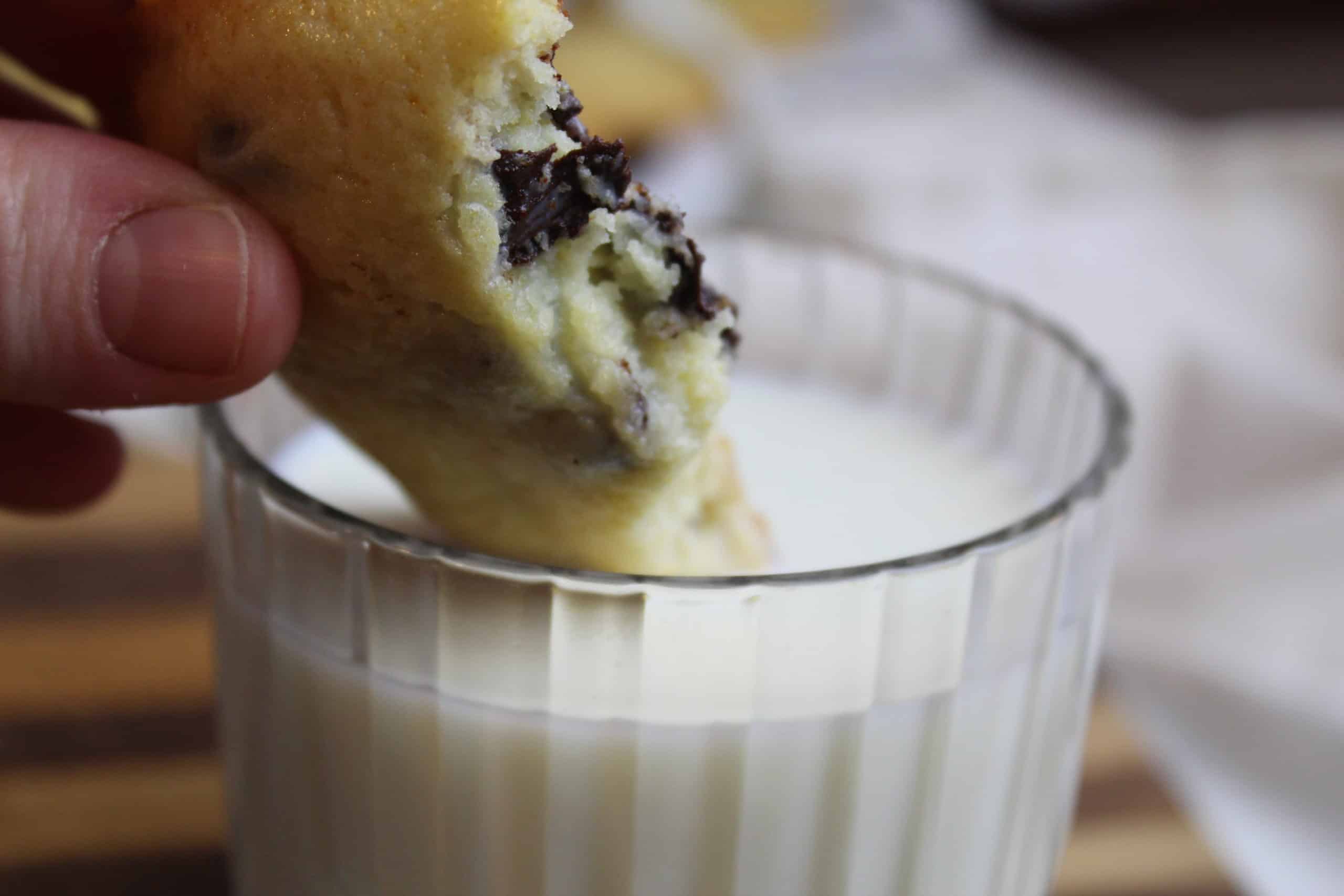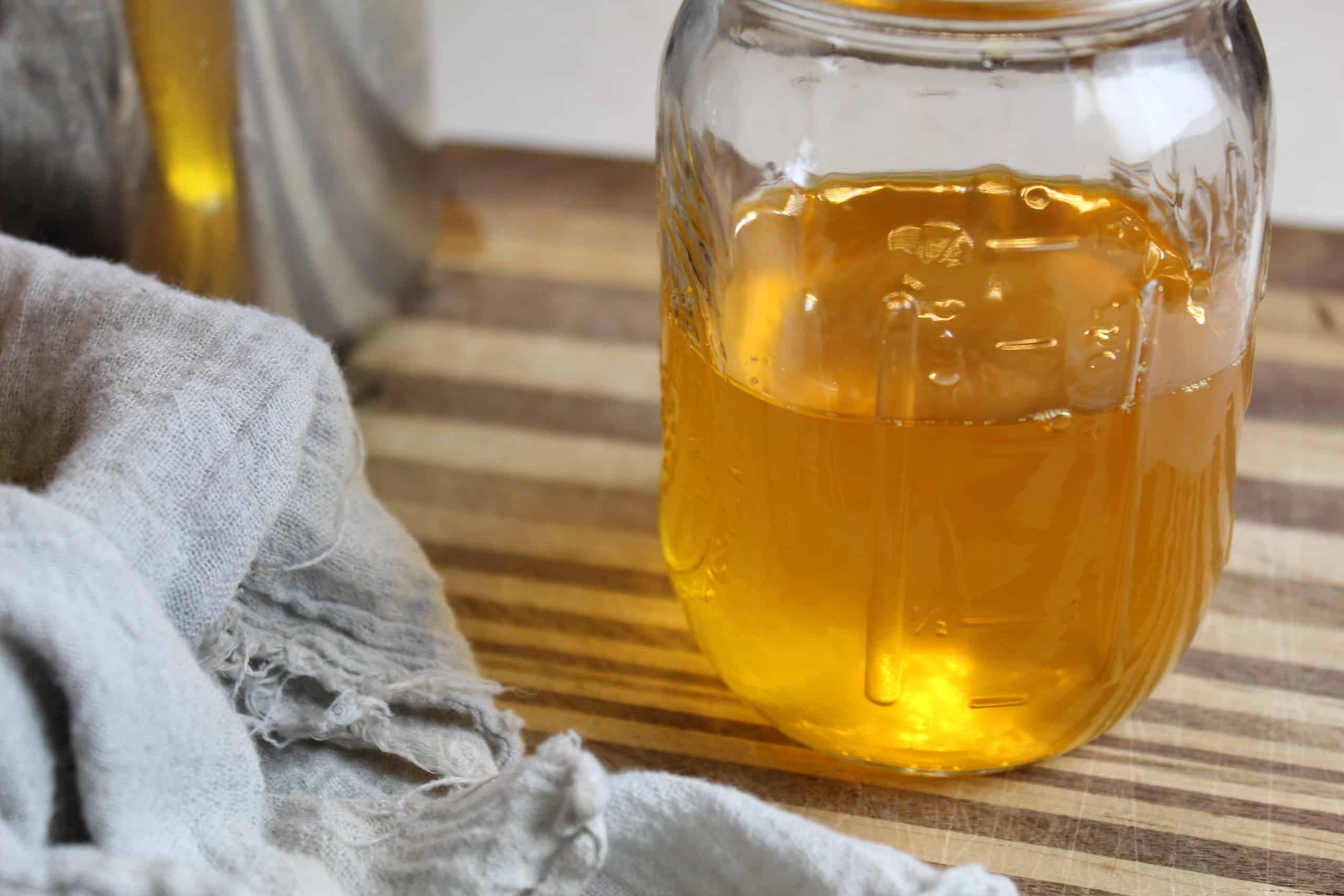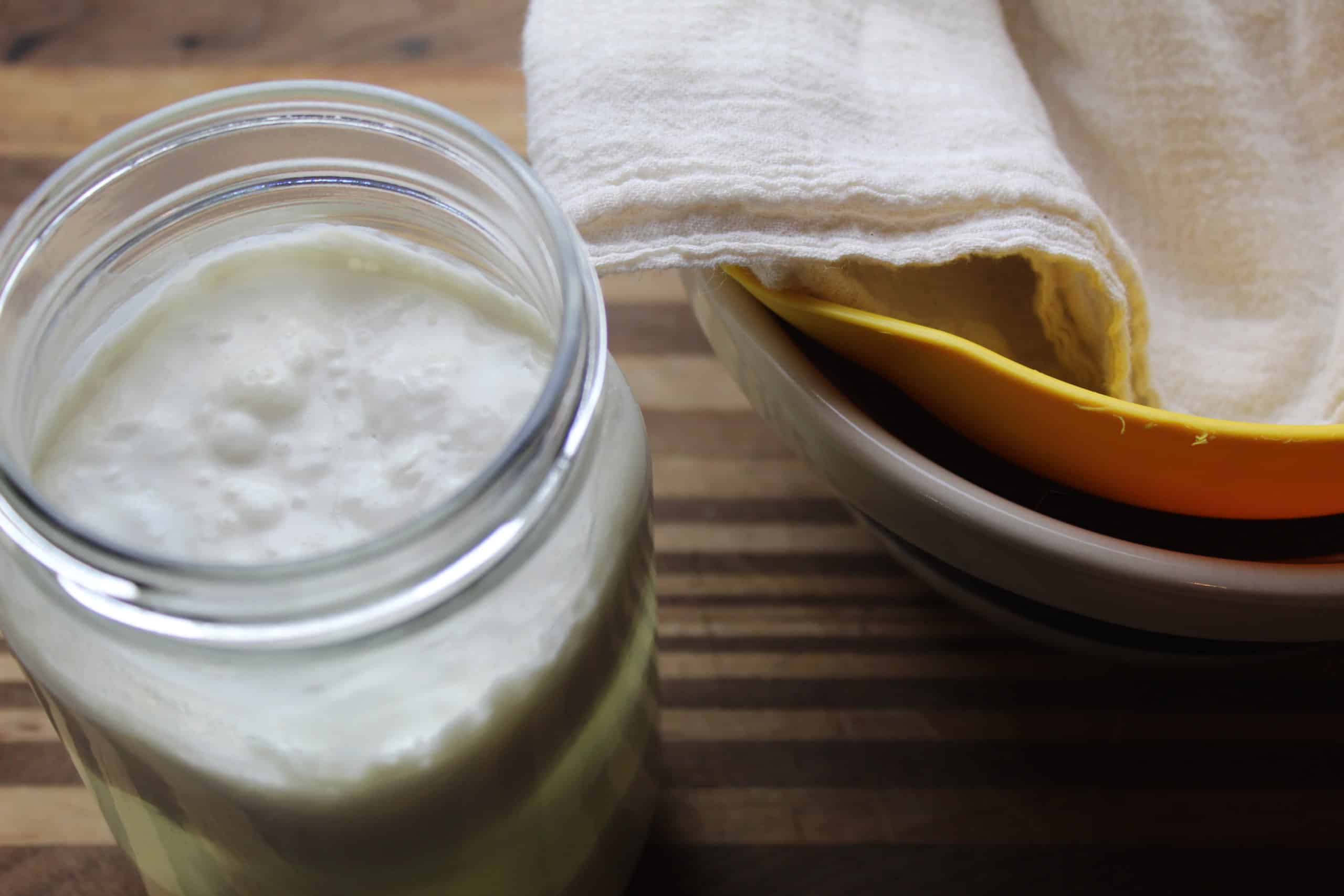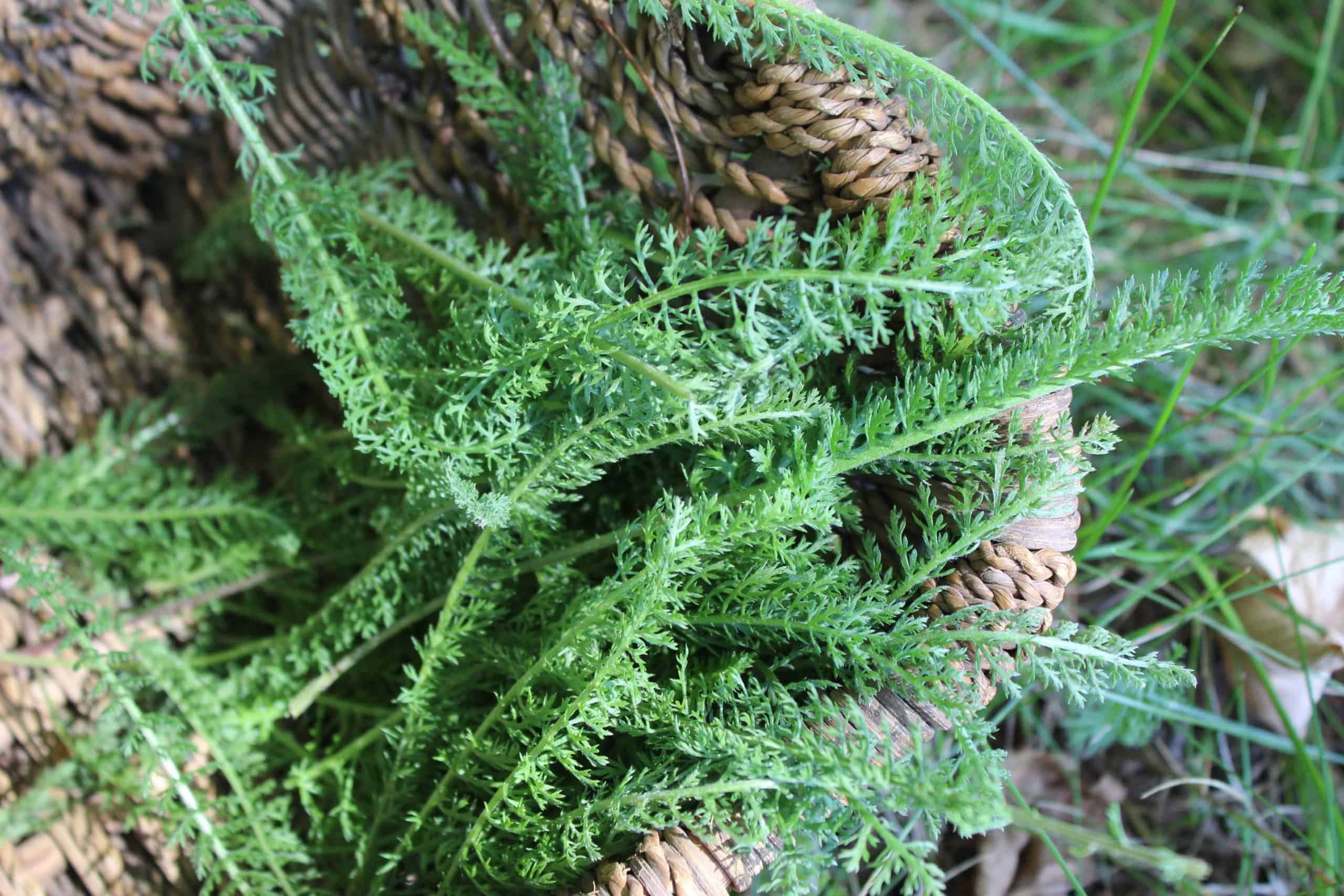How to Render Lard
Lard is wonderful to have in your kitchen and is very easily “made”. Let’s talk about how to render lard so it looks clear and smells fresh.
What is lard?
Lard is quite simply fat that comes from hogs/pigs when they are butchered.
Are there different kinds of lard?
Yes. For the most part, there are two different types of lard. Leaf lard and everything else.
Leaf lard comes from around the pig’s kidneys. This lard comes in fragments, all attached to each other with a thin but strong connective tissue. It is called “leaf” lard because the whole thing kind of looks like a leaf if you spread it out.
This type of lard is particularly prized in cooking because it has a firmer consistency than the rest of the lard and is thus excellent in baking.

What can I use lard for?
Lard is just about the most perfect shortening for pie crusts. Other uses for lard include…
- Crusts
- Pastries
- Cookies
- Soap Making (swap it for palm oil)
- All around cooking oil
Where can I get lard?
Lard used to be easy to find at grocery stores but sometimes now you have to look at specialty stores to find it. Most often it is sold in bricks, kind of like butter. It may be in the fridge and freezer section. I’ve even seen it sold on the shelf!
If you’d prefer to render your own, check in with local processing facilities. Sometimes they have it available already rendered or they will sell you the unprocessed stuff for cheap.
Is lard shelf stable?
Yes for a certain amount of time. If your house is relatively cool, it can just hang out on the countertop and be good for a few weeks.
Most lard should be kept in a root cellar, fridge, or freezer for the longest shelf life. Stored properly lard can last for years.
Supplies for Rendering Lard
- Stock Pot or Slow Cooker
- Funnel
- Cheese Cloth
- Ladle
- Mason Jars with Lids
How to Render Lard
If your Lard is Frozen
I usually stash our lard in the freezer until I have time to render it. It is best to pull the lard a couple days before you plan to render it. Place it on cookie sheets or in large bowls in the fridge to thaw.
It is best not to thaw it on the counter as the outside will thaw before the inside and you may get some starting to spoil. If it thaws in the fridge no part will get warmer than the fridge temperature, keeping your lard safe from spoilage. Or you might also have a bonus pound of ground pork on the end like I did!
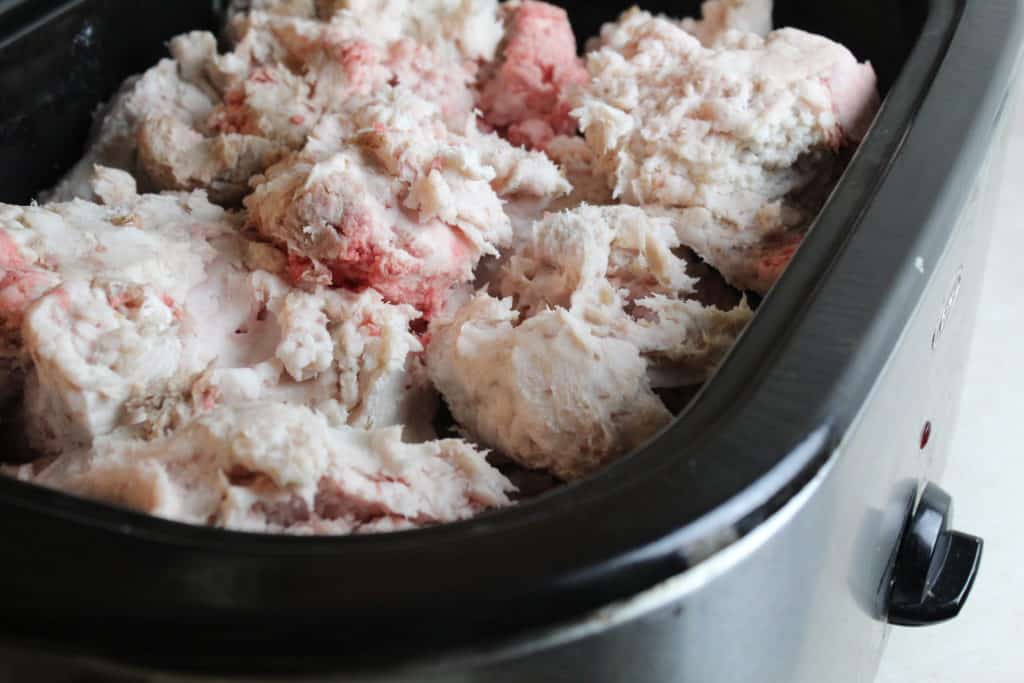
Chunk It Up
The first thing you want to do is chunk up the lard into smaller pieces. Better still, if you are getting the lard from a processor ask them to run it through their grinder if they haven’t already.
The smaller pieces increase the surface area and allows for much quicker melting down.
Stick It in a Pot or Slow Cooker
My preferred method of rendering lard is to use our massive roaster/slow cooker. I honestly don’t even know how many quarts or gallons this thing holds but it is a whopper.
You’ll want to set the heat low enough that it doesn’t sizzle or cook, but high enough that it starts to melt or “render”. For me this is around 175.
The key to having lard that doesn’t have such a pork flavor (not necessarily a bad thing in a savory pie but not great in a sweet one) is to not let it cook. Just melt it looooow and sloooooooow.
Give it a good stir every once in a while. Be sure to stir up from the bottom.

Filter the Rendered Lard
The lard will start to look almost sweaty, then if you stir and look towards the bottom you should start to notice a clear liquid beginning to form. This is your rendered lard!
Once enough has built up enough of the liquid that you can scoop it out and filter it.
Fix several layers of cheesecloth onto a funnel. Place this atop a mason jar.
Scoop the liquid from the lard and pour it through the cheesecloth.
You should have beautiful clear to golden liquid filling the jar.
I recommend filtering as enough liquid is available. This helps the rest of the bigger fat globules to get more direct heat and speeds up the process somewhat.
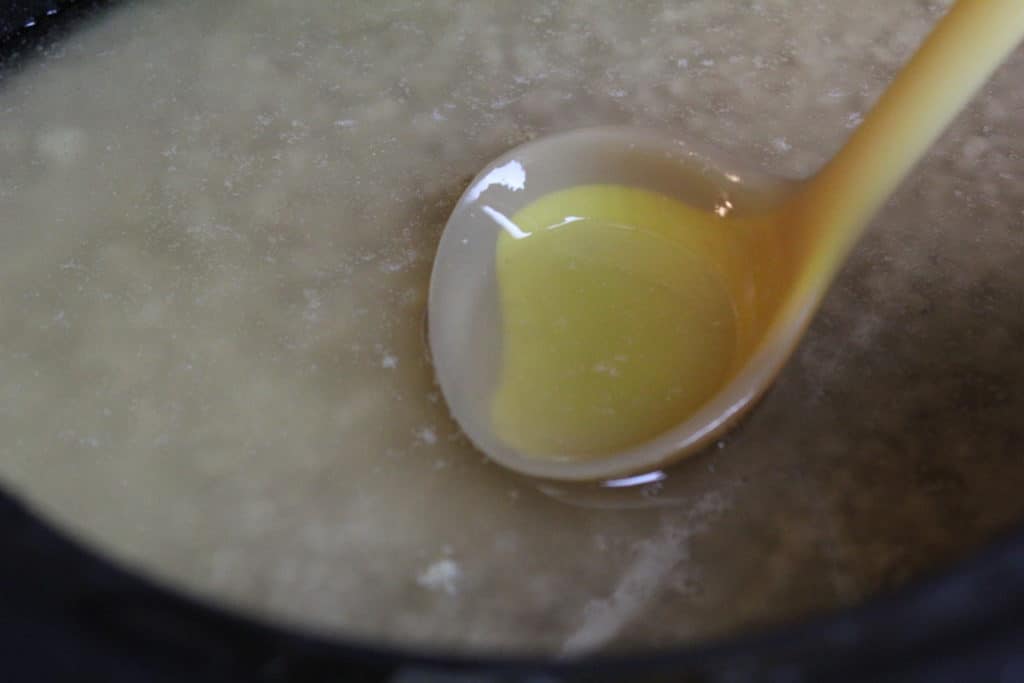
How can you tell when lard is done rendering?
This is up to you. As the lard melts down, protein solids will start to become more of a brown color. Eventually if you render it all the way down to the last ounce of fat, you’ll have a great big vat of delicious pork cracklings. This is the crispy meaty bits left over. The original pork rind!

The closer you get to this stage and the darker those protein globs become, the closer you are to having gotten all the lard you can possibly render. At the same time, you are also going to be getting less “clean” lard. The last couple jars you filter at the end are more likely to taste a little meaty and to have some darker bits settle at the bottom of your jar.
In the video below, I could have probably rendered another couple jars. But it was late and I was tired and the chickens sure enjoyed that fat.
How long does it take to render lard?
If you don’t care about your lard getting a strong pork flavor, you can crank that heat up and be done in a few hours.
However, if you want clean, white lard with little to no porky-ness, then this is an all-day affair. Start it right away in the morning and you might be done by around 9 p.m. Or heck if you are comfortable with it, let it render overnight.
How to Store Rendered Lard
Once in jars, let the lard cool completely. On the counter it will store for a few weeks. In the fridge for months. In the freezer for years.
Does Rendering Lard Smell?
Yes. Sorry, but yes. While the rendered lard you get should be darn near odorless, the process is pretty smelly.
More Lard Type Stuff
Beef tallow can also easily be rendered!
I’ve made these cookies before with ONLY lard as the shortening and they were superb.
Watch and Learn
Pin it for Later
